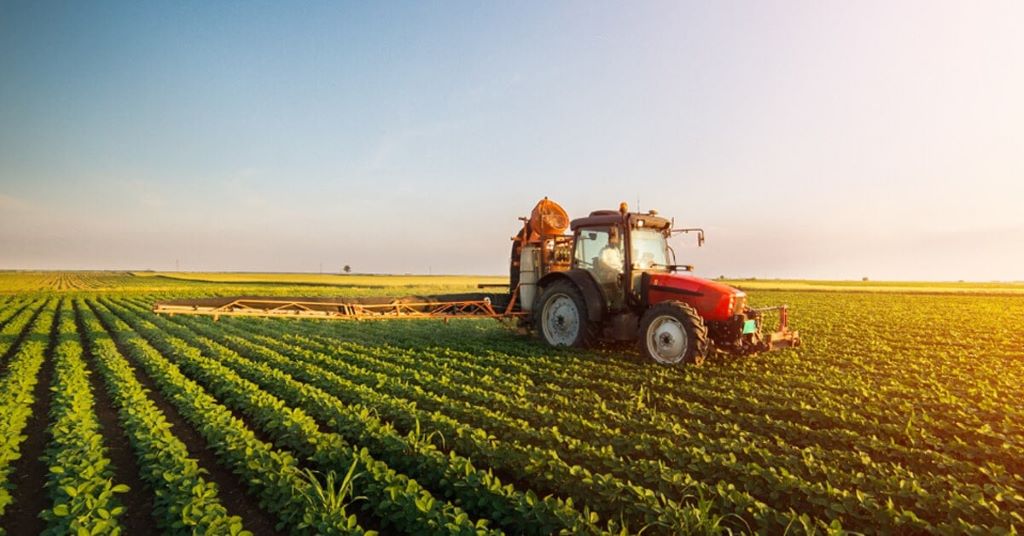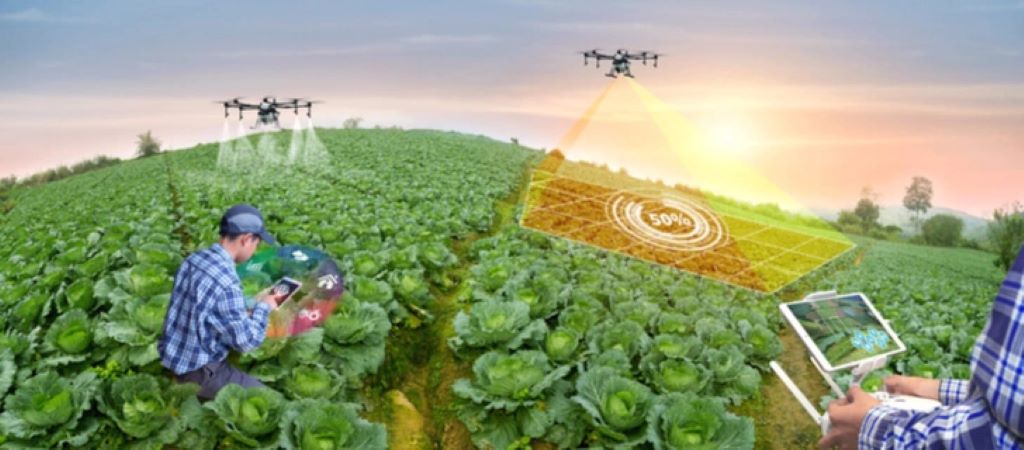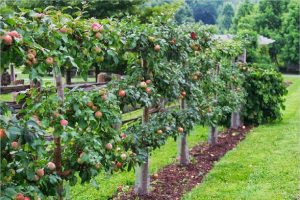
Agriculture has played a pivotal role in human civilization for millennia. Over time, farming methods have undergone a dramatic transformation. From the age-old practices of traditional farming to the technology-driven techniques of modern agriculture, this evolution has been shaped by the need to feed a growing population, address environmental concerns, and adapt to changing economic realities.
Traditional Farming: Rooted in Sustainability and Heritage
Traditional farming is often synonymous with small-scale, subsistence-based agriculture. It relies on centuries-old practices passed down through generations, with a strong emphasis on local knowledge and natural processes. Some key characteristics of traditional farming include:
- Human and Animal Labor: Traditional farmers primarily use manual labor or animal power for tasks like tilling, planting, and harvesting.
- Mixed cropping and Crop Rotation: Growing multiple crops on the same plot or rotating crops seasonally helps maintain soil fertility and reduce pest problems.
- Natural Fertilizers: Compost and manure are the primary sources of nutrients for the crops.
- Local Seed Varieties: Farmers often save and replant seeds from their best harvests, maintaining locally adapted varieties.
Traditional methods prioritize working in harmony with nature, resulting in practices that are often considered more environmentally sustainable. However, this approach can have limitations such as lower productivity and greater vulnerability to weather fluctuations.

Modern Farming: Driven By Technology and Efficiency
Modern farming represents a paradigm shift, embracing technological innovation, mechanization, and scientific advancements to maximize production and meet the demands of a global market. Key characteristics include:
- Large-Scale Mechanization: Tractors, harvesters, and specialized equipment replace manual labor, enabling farmers to manage larger tracts of land with greater efficiency.
- High-Yielding Varieties (HYVs): Crop varieties developed through selective breeding or genetic modification are optimized for maximum output and resistance to pests and diseases.
- Synthetic Fertilizers and Pesticides: These chemical inputs provide targeted nutrients for plant growth and protection against insects, weeds, and diseases.
- Irrigation Systems: Sophisticated irrigation infrastructure like sprinklers ensure optimal water distribution regardless of rainfall patterns.
Modern farming has undeniably boosted crop yields and helped feed a rapidly growing world population. Yet, it has also raised concerns about environmental impacts, including soil degradation, water pollution, and biodiversity loss due to the intensive use of chemicals.
The Search for Balance: Sustainable Modern Agriculture
The contrast between traditional and modern farming highlights a crucial debate within agriculture. Both approaches have their advantages and disadvantages. The key lies in finding sustainable models that bridge the best of both worlds:
- Agroecology: This approach applies ecological principles to farming, promoting biodiversity, soil health, and integrated pest management strategies, reducing reliance on chemicals.
- Precision Agriculture: Farmers use sensors, GPS, and data analysis to optimize inputs like water and fertilizer, minimizing waste and environmental impact.
- Organic Farming: This system prohibits synthetic fertilizers and pesticides, focusing on natural soil-building practices for sustainable production.
- Regenerative Agriculture: Regenerative practices aim to improve soil health and rebuild its carbon-sequestering capacity, offering benefits for both productivity and climate change mitigation.
Insights for the Modern Agriculture Enthusiast
If you’re interested in modern agriculture, here are some valuable takeaways:
- Sustainability is key: Long-term viability depends on finding ways to produce ample food while minimizing environmental harm.
- Innovation matters: New technologies and practices are constantly evolving, making agriculture a dynamic and exciting field.
- Consumer awareness drives change: Growing interest in environmentally-friendly and ethically produced food influences farming practices.
- It’s a global system: Modern agriculture is shaped by global demand, trade policies, and climate change impacts.
The Future of Farming
The future of agriculture likely lies in a combination of modern technology and sustainable practices tailored to the unique needs of different regions and communities. Continuous research and innovation will be crucial to meet the challenges of feeding a growing population while protecting the planet.
As a concerned individual, supporting local farmers, choosing sustainably produced food when possible, and advocating for policies that promote environmentally-friendly agriculture can all contribute to a healthier and more resilient food system.





